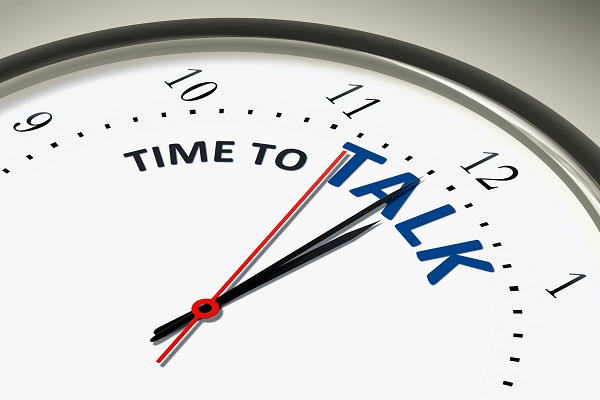Setting Realistic Telemarketing Talk Times and KPIs
A call target is the measure of what a dialler should ultimately be achieving on the phone within their role. It’s normally used for motivational purposes and a measure for feedback to ensure talk time is ultimately achieving results. Each company will have a different perspective on what a call target should be, and diallers may find companies’ standards or expectations different depending on what service or product you’re trying to sell. For example, the percentage of time you have spent on the phone that day, week or month.

Typical KPIs (key performance indicators) for diallers will include measures such as talk times, billing calls per hour, absence, client retention and billing efficiency. Depending on the company or agency will also depend on what KPIs management put in place – we work around the S.M.A.R.T goal-planning methodology.
Specific – Clearly define the outcome so there is no confusion.
Measurable – Pre-agree the KPIs and metrics that will be used to benchmark and determine success.
Attainable – Is it actually achievable? A target that feels out of reach is unlikely to ever get hit or even aimed for.
Realistic – The goal being realistic aligns with attainable. Both parties have to feel that the target is realistic because you want business growth – doubling the sales target for the quarter may not be deemed realistic.
Time – Define the timeframe the target is to be achieved in and if needs be, break it down into smaller sub targets within a reduced timeframe. So weekly, monthly quarterly etc.
Depending on the call requirements for different campaigns or whether your dialler is used on a new business front, KPIs should be altered as to what environment and industry the dialler is pitching in – they have to be realistic. Some KPIs could range from finding out correct decision makers to finding out pricing; again it will all depend on the dialler’s pitch. Are they telemarketing for B2B or B2C? Most importantly, are they purely selling or perhaps booking appointments for your sales team to then sell? As marketers it’s important to maximise talk time and make sure it’s being maximised, therefore looking into every area before implementing.
Ultimately KPIs are in place to analyse why telemarketers might be performing or underperforming, it’s also good to explore if a dialler’s talk time is higher than other diallers, and could therefore be argued as to why they’re getting higher results. However, this isn’t set in stone and alternatively there are cases where results are coming from diallers with lower talk time. So if this is the case, why are we putting all these KPIs in place if results don’t draw up parallel?
As marketers it’s our job to measure, otherwise how can we possible analyse results through to our sales and improve ROI? If results show the opposite to how we set our KPIs then we must go back and revisit them and of course, adjust accordingly. With the odd case there will be someone who breaks the rule – lowest talk time with the best results! We can give our diallers indication through KPIs of where they should be and, most importantly, where they can improve – keeping diallers motivated. At the end of the day we all need feedback!
Contact us to arrange your free telemarketing proposal
Tags: KPI's, Results, targets, Telemarketing
